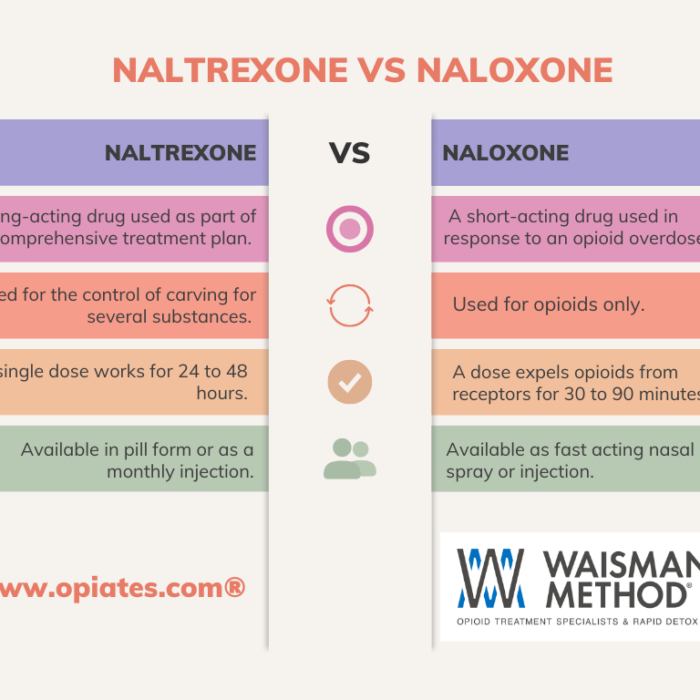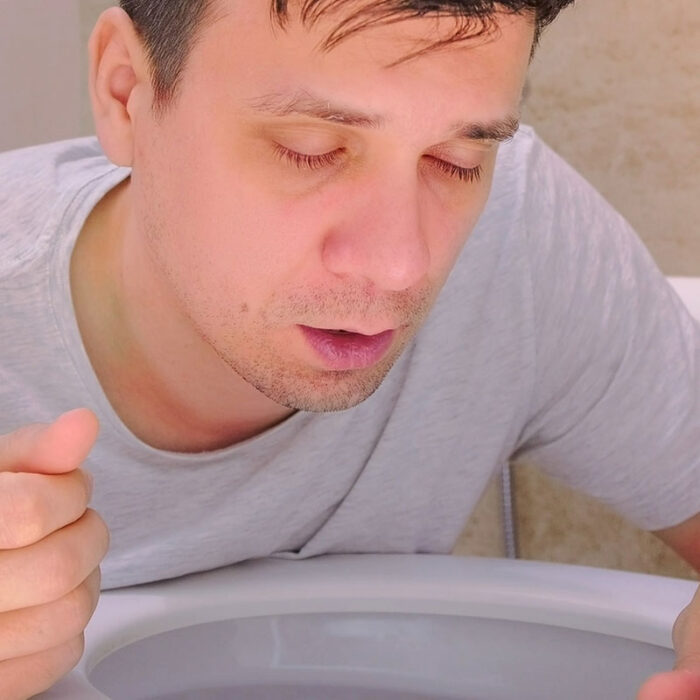Suboxone Abuse Signs and Symptoms: Suboxone is an opiate medication used by some drug programs to treat opiate addiction. The active ingredient buprenorphine works to reduce the symptoms of dependence to drugs including OxyCodone, Percocet, Norco, Vicodin and heroin. It also contains naloxone which is said to guard against misuse. It can be prescribed in a doctor’s office whereas methadone is usually dispensed in addiction treatment clinics. Suboxone is considered a partial opioid agonist, meaning it has less potential to cause physical dependence and abuse when compared to full agonists such as oxycodone, hydrocodone and heroin. Suboxone does however have the potential for abuse. Instances of fatal overdose are less frequent with Suboxone than with full opioid agonists, but the risk does exist. Suboxone abuse and the misuse of buprenorphine medications, especially when combined with benzodiazepines and other central nervous system depressants, can lead to respiratory depression and death
Examples of Suboxone Abuse
Even though Suboxone’s manufacturer says the naloxone prevents misuse, law enforcement agencies and hospitals have reported that recreational users are finding ways to get high. Some people may use Suboxone in conjunction with other substances to increase the effects. This can be dangerous. These substances include benzodiazepines such as Klonopin, sleeping pills such as Ambien, alcohol, tranquilizers, other opiate medications and some antidepressants. Combining these drugs could cause extreme sedation and drowsiness, unconsciousness and death. This is especially true if patients use injection as their method of administration. Using Suboxone for a condition for which it’s not intended can be considered abuse. Some have argued that Suboxone’s availability by prescription has contributed significantly to the number of cases of people abusing Suboxone. Those who sell their prescription drugs on the black market risk prosecution.
Waismann Method: The Most SAFE and Humane Treatment Solution for Suboxone Dependency and Addiction
The Waismann Method of rapid detox treats opiate addiction without the use of opiate replacements such as methadone and Suboxone. The renowned detox center also treats patients for over 17 years who became addicted to Methadone or Suboxone/Subutex replacement drugs. Our pioneering procedure is performed in an full service accredited hospital. Here, patients are admitted for a few days where they first undergo thorough testing to check possible internal damage of organs or the gastrointestinal system due to opiate use. Our rapid detox procedure uses medications to cleanse Suboxone from patients’ opiate receptors. During this fast opiate detox, the patient sleeps under sedation and awakes without the awareness of the accelerated Suboxone withdrawal symptoms that occurred. The Suboxone detox procedure takes an hour and a half or less and patients remain in the hospital for two to four days for around-the-clock monitoring. The Waismann Method can get you back on your feet much quicker than most traditional detox and rehab centers. Our transitional living facility, Domus Retreat, invites guests to continue working on recovery from Suboxone abuse through counseling, massage therapy, biofeedback therapy and other services.
Safe Usage of OTC Drugs: Essential Tips and Guidelines
Welcome to your comprehensive guide on safely navigating the world of OTC (over-the-counter) drugs. In this essential read, we dive into critical tips and strategies to maximize the benefits...















